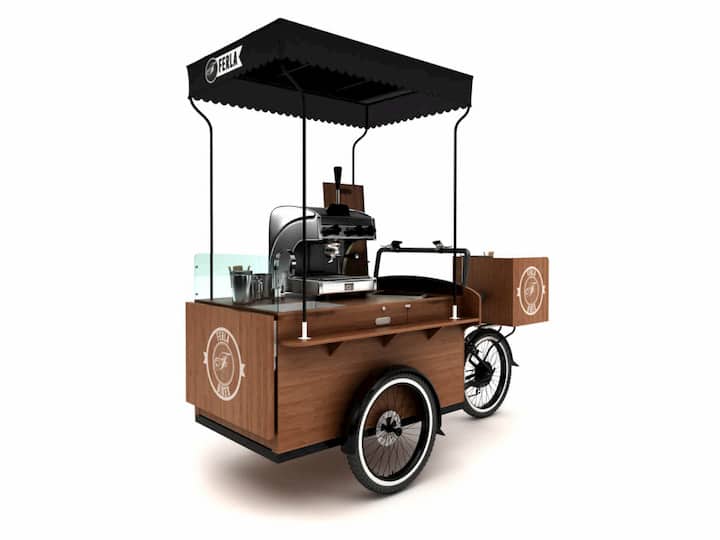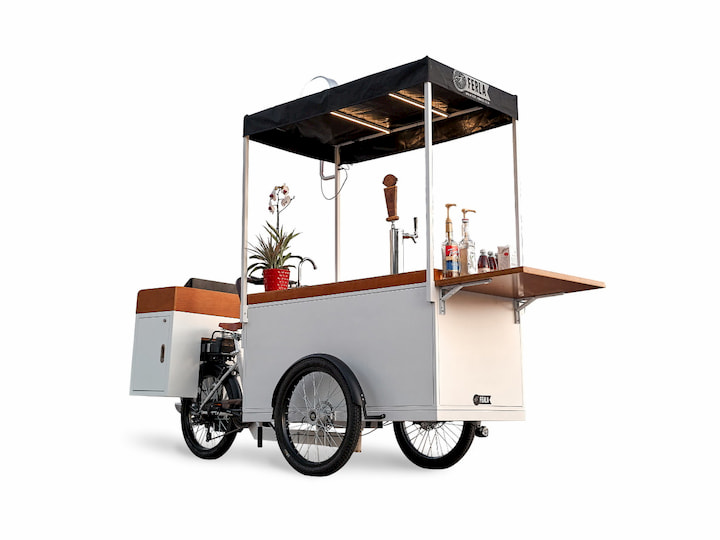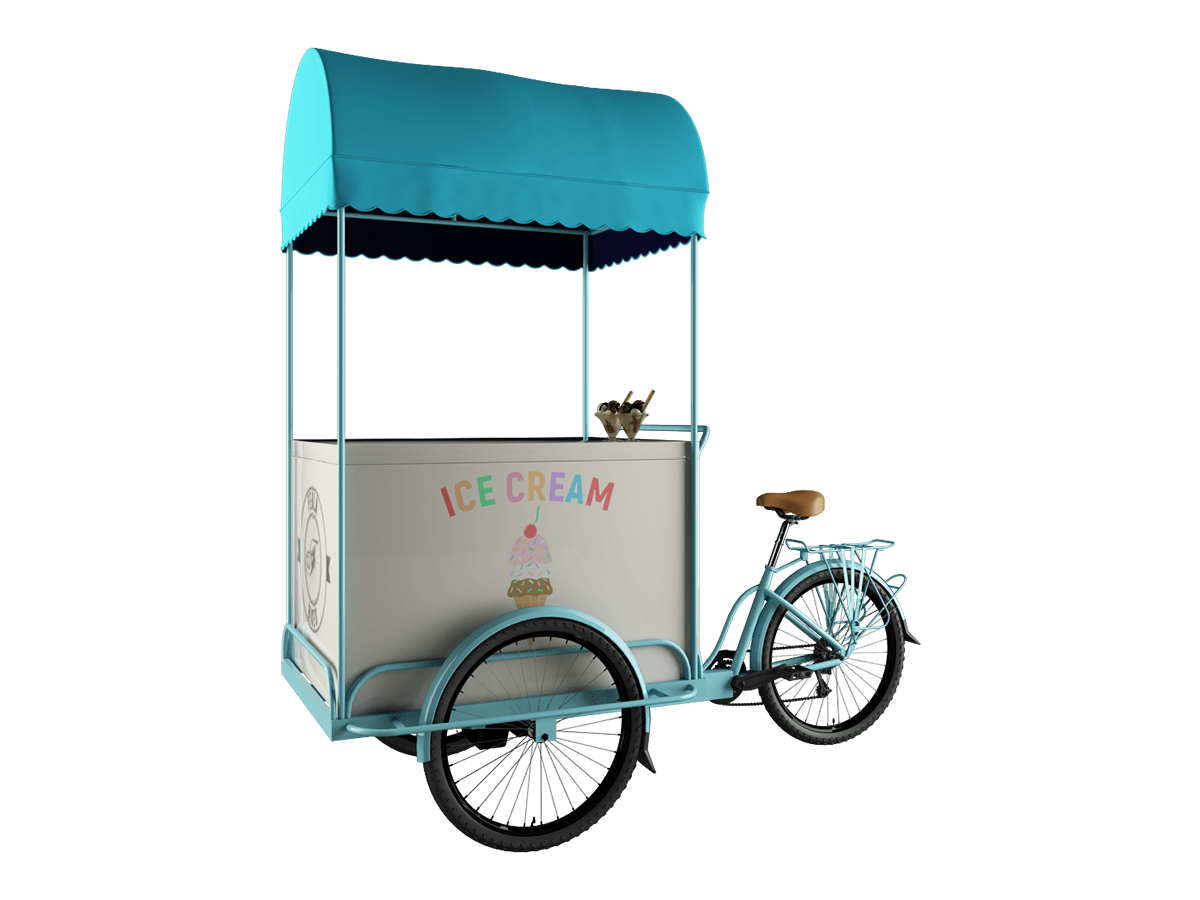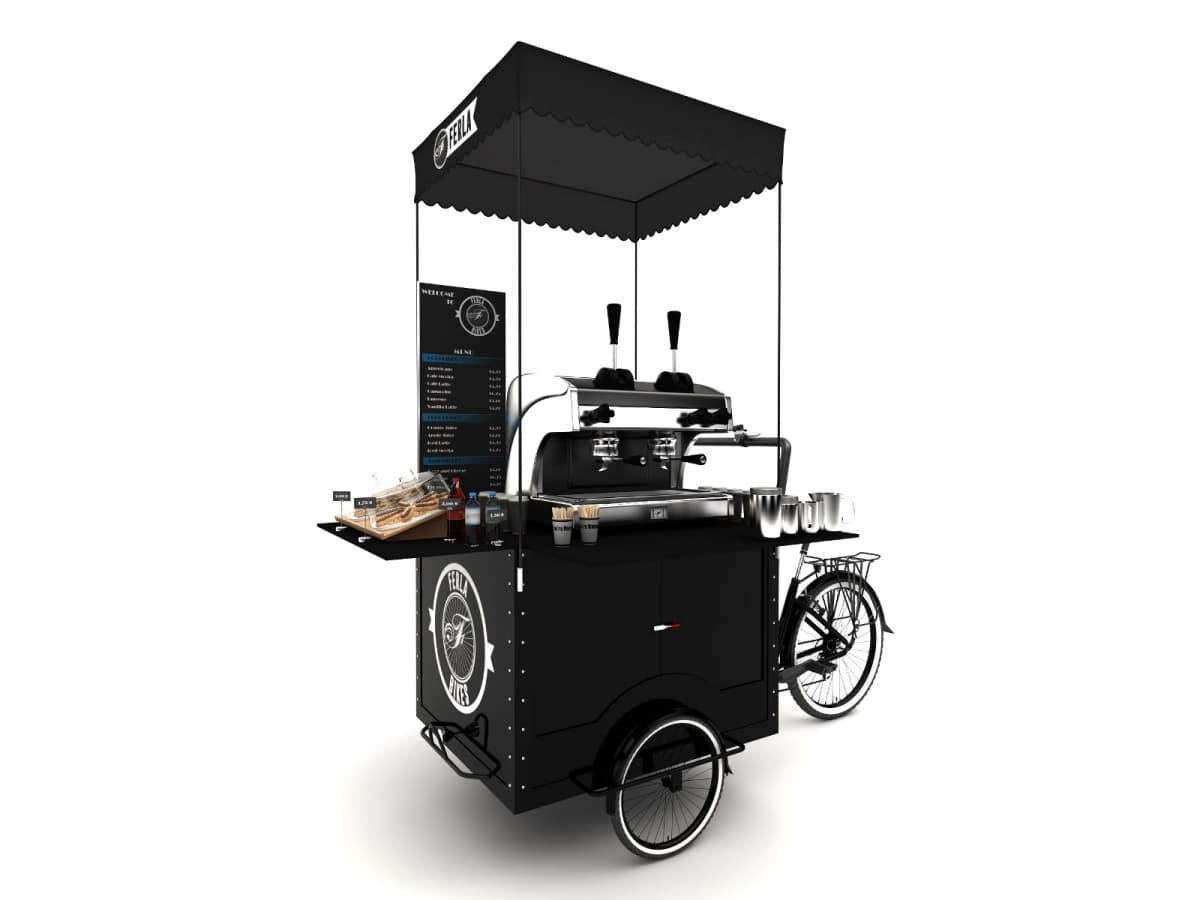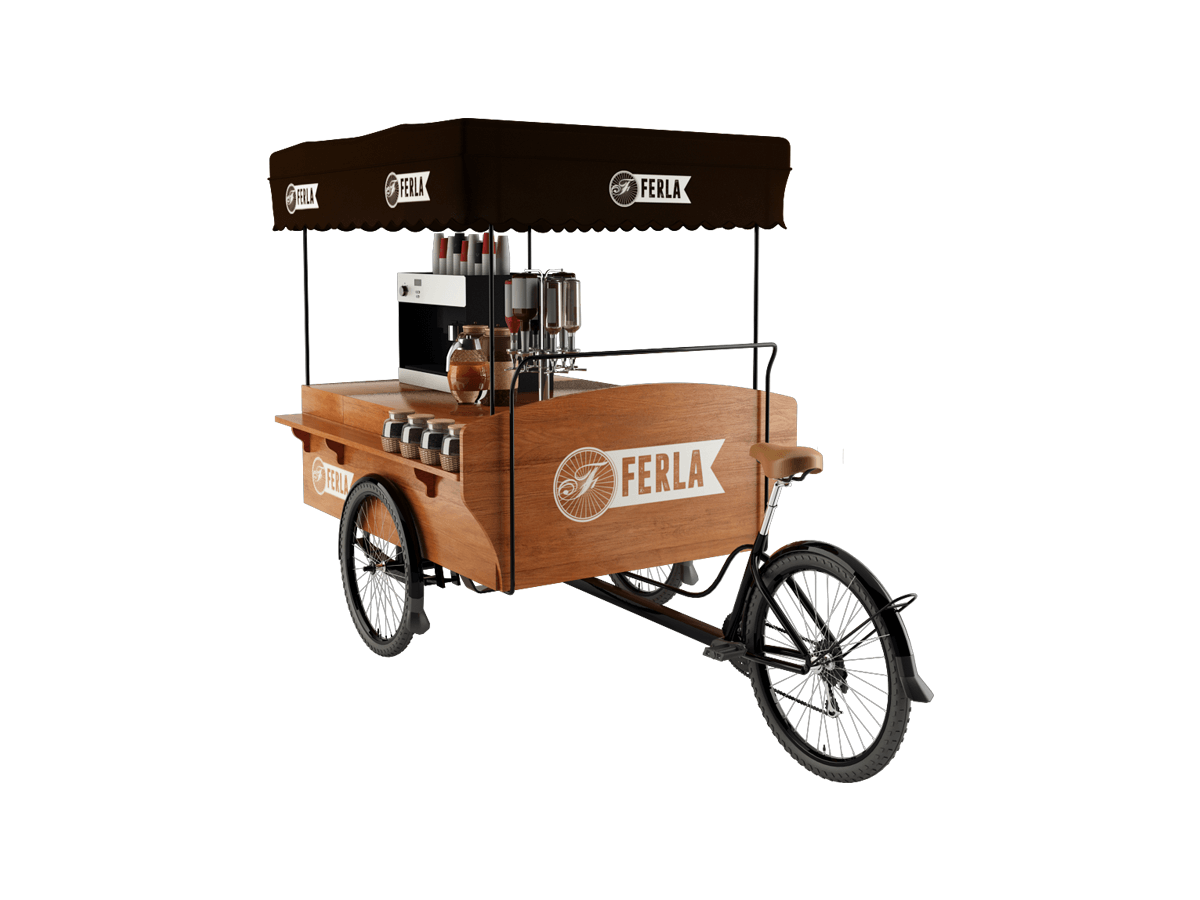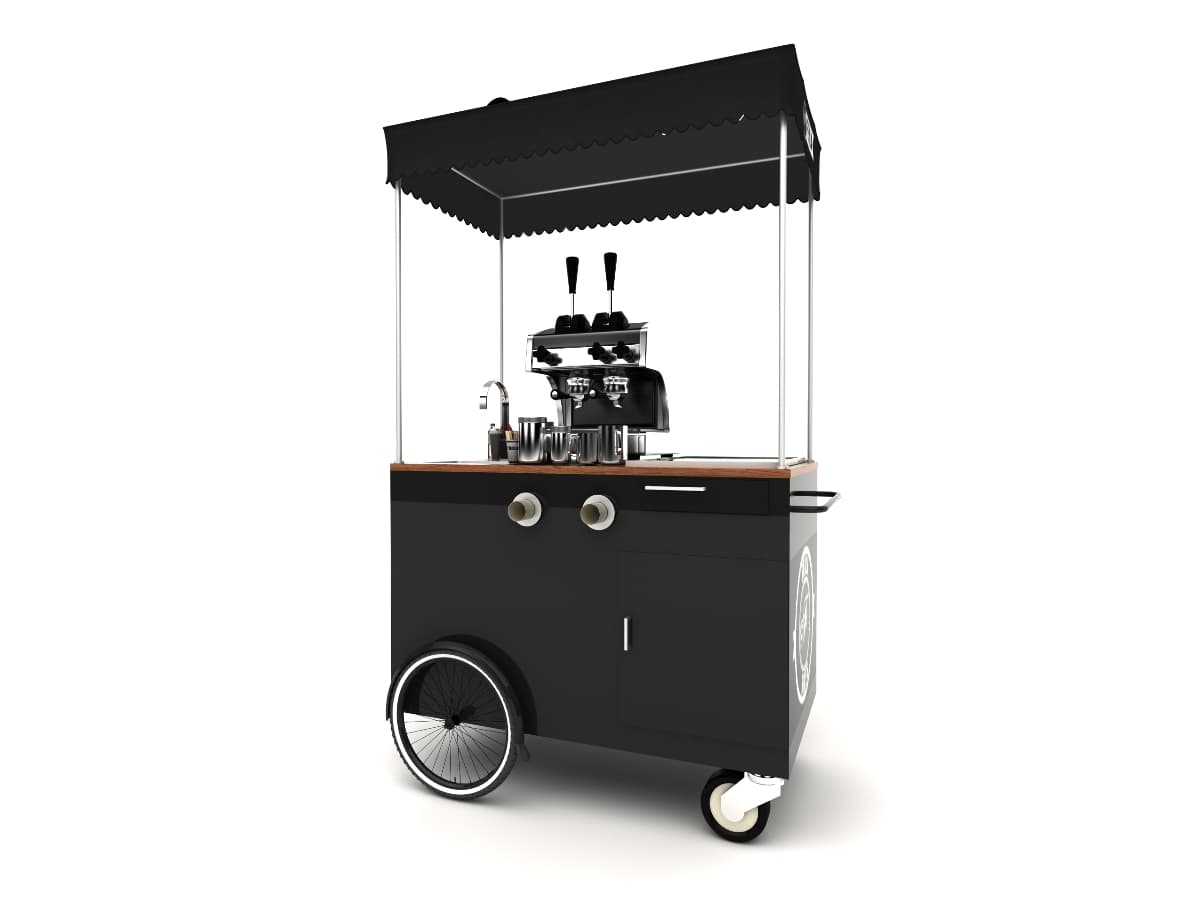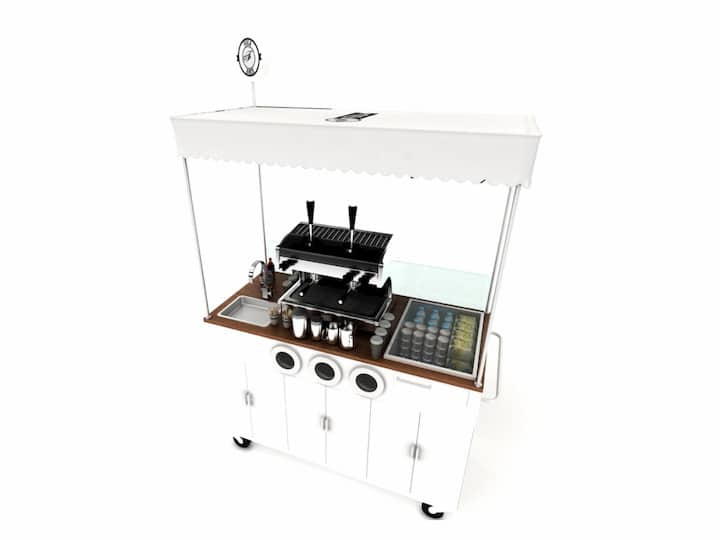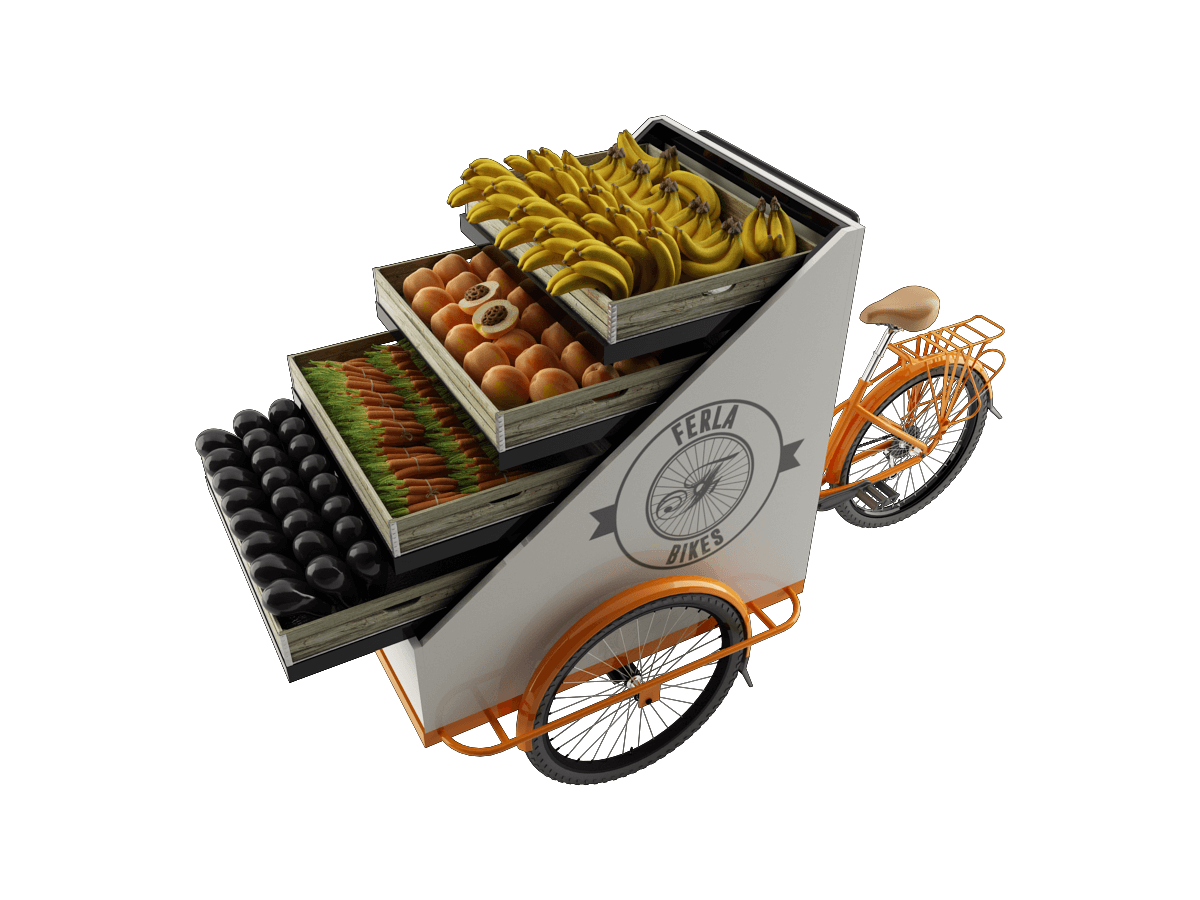History of Food Carts: From First Vending Stands to Modern Inventions
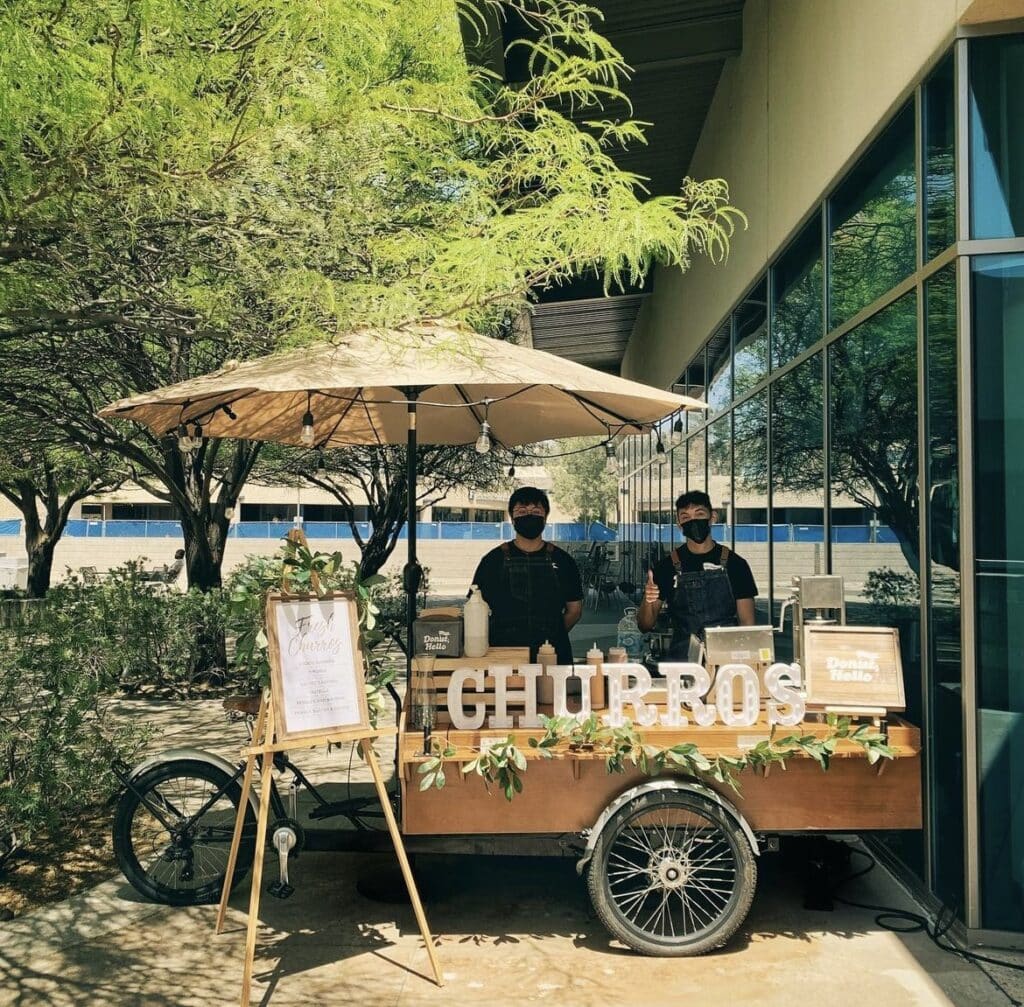
Things we consider modern often take their roots in the distant past, and food carts are no exception since they boast a rich history of more than two thousand years! Having their heritage in ancient times, these popular vending units have revolutionized a lot since their emergence and reshaped mobile catering, introducing a diverse range of new on-the-go dining experiences in urban environments. Let’s consider how food carts have evolved over time and what their role is in today’s street catering industry.
Early Origins of Street Food
Carts have been commonplace for selling street food throughout history. Studies show that mobile food vending emerged approximately in the 5th century BCE in Roman, Greek, and Eastern Asian civilizations when marketers transformed their wooden animal-drawn carts into vending units. They served a wide range of dishes for anyone willing to get a quick meal on the go. From stews, soups, and meat to steamed dumplings and pancakes – food was tasty and affordable, which contributed to the further popularity of mobile vending carts.
Also read: The Pros and Cons of Running a Food Cart Business
The Birth of the Modern Food Cart
A notable milestone in the history of food carts dates back to the mid-1800s when Charles Goodnight, a cattle rancher from Texas, purchased a wagon to transport his cows to Colorado. The road was long, so he customized the vehicle with shelves and drawers, making it more convenient for carrying food and supplies. His invention was later called the chuckwagon (“chuck” was slang for food in the American West).
Many vendors saw such a design as a great business idea and started to use chuckwagons to serve dishes in the hard-to-access cowboy areas. The vehicle evolved over time, eventually making its way to American cities.
The Rise of Food Carts in the 20th Century
In the early 1900s, the US urban landscapes saw a rise in the popularity of food vending carts. Known for their convenience and affordability, these mobile stands were used to serve quick and tasty dishes to city dwellers, perfectly adapting to their fast-paced lifestyles. Rapid economic development and urbanization created a high demand for mobile catering, as many people worked long hours and did not have time to go home for lunch.
Many carts were equipped to cook dishes, so lots of entrepreneurs engaged in the business instead of opening traditional restaurants due to a smaller financial investment. The most popular menu items varied greatly, from hamburgers and sandwiches to ice cream and popcorn. Many carts were also operated by immigrants, who brought new dining experiences to the US streets by serving hot dogs, pretzels, tacos, churros, knishes, pickles, and noodles.
Post-War Food Cart Era
The history of food cart industry witnessed its toughest time in the post-war period. The key challenges included:
- Decreased urban foot traffic due to increasing popularity of cars.
- Rise of chain restaurants like McDonald’s, Burger King, and Taco Bell that lured customers away from the food carts.
- Implementation of stricter health and sanitation regulations for street food businesses, which were more difficult for the vendors to comply with.
Despite all the challenges, food carts did not cease to exist. They withstand the test of time and gradually evolved, adapting to the changes in the fast food industry.
The Food Cart Renaissance
In the 2000s, food carts experienced a new wave of popularity in urban areas across the US. Here are the principal reasons behind such a vibrant comeback after years of decline:
- Diverse dining experiences: food cart owners started experimenting with different cooking techniques and ingredients, which allowed them to create unique food offerings that pushed the boundaries of traditional street dishes.
- Lower startup costs: opening a brick-and-mortar eating establishment required huge investments. Hence, many inspiring entrepreneurs opted for food carts to engage in business with much less cost and effort.
- Rise of social media: platforms like Instagram and Facebook allowed vendors to enhance their marketing strategies and interact with customers directly.
- Tech advancements: many food cart owners embraced mobile payment systems and introduced online ordering for customer convenience. They also started using advanced software apps to track sales, manage inventory, and get business insights.
Read also: What City in the US Has the Most Food Carts?
Street Food Carts Today
Modern food carts come in a variety of types to meet the demands of any customer. The most popular options found on the US streets are:
- Pop-up carts: regular vending stands used at festivals, social events, farmer’s markets, etc.
- Pushcarts: smaller vending carts on wheels that can be easily pushed by hand.
- Bicycle-attached carts: bigger carts on wheels attached to a bike for greater mobility.
The best food carts you can purchase or rent from Ferla come with a number of advanced features and add-ons that make them stand out. This includes:
- Temperature-controlled freezer/refrigerator
- Extendable serving table
- Spacious cargo space
- Cold brew tap installations
- Cash drawer and cup dispensers
- Water and sun-resistant canopy
- Roof lights
- Solar battery
Conclusion
From animal-drawn carts and chuckwagons to modern vending units with advanced cooking equipment, the history of food carts has seen a lot of changes throughout the years. These popular trading stands have long become a valuable part of gastronomical culture, reflecting the changing food consumption patterns in urban environments. The industry is expected to grow even further, so now is the best time to become a part of it and invest in a top-quality food cart crafted by Ferla!
